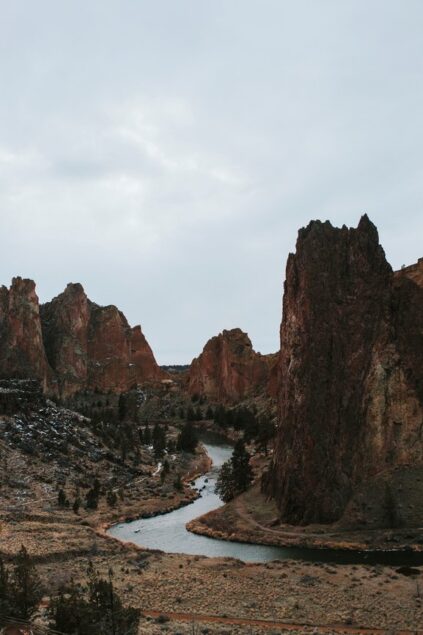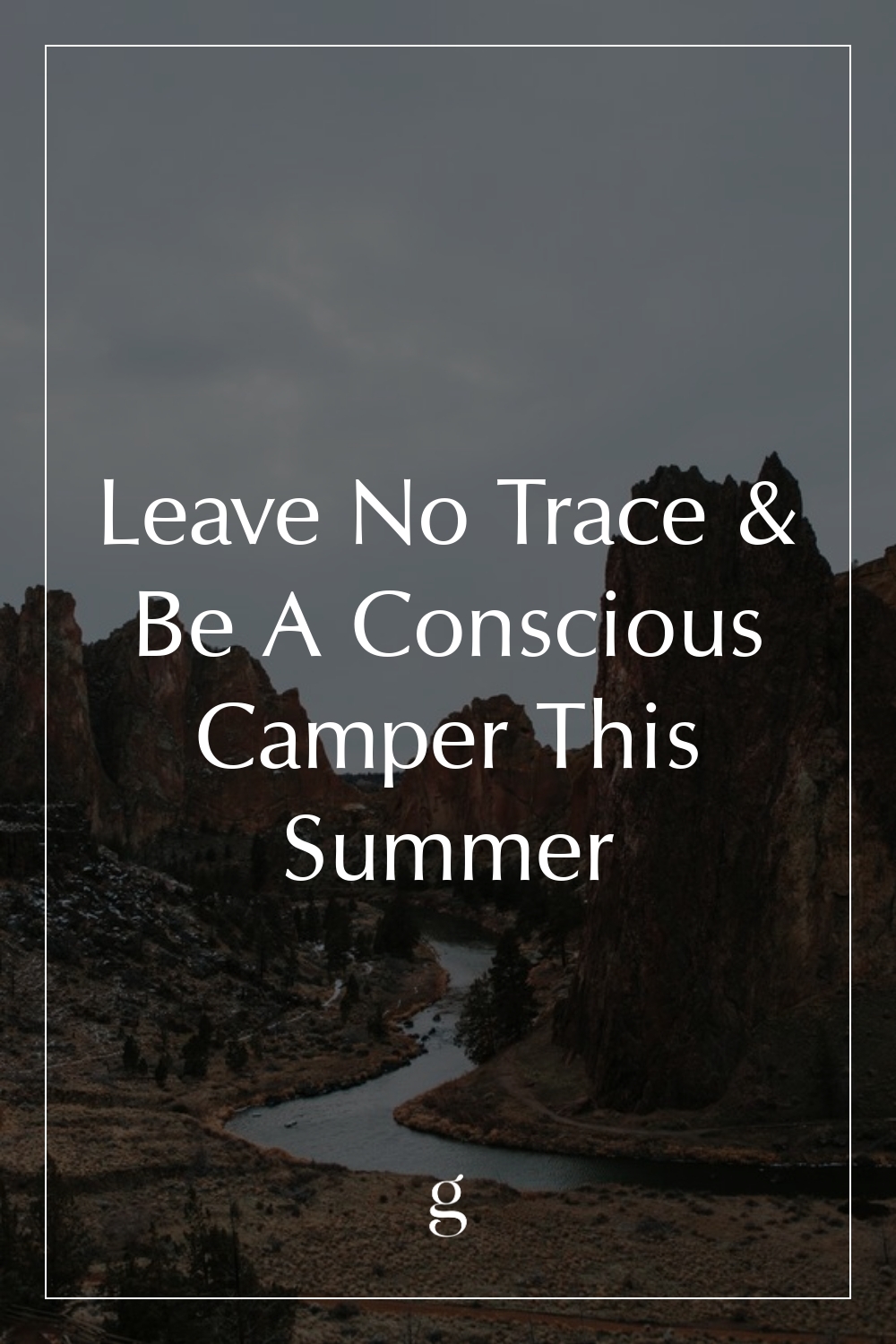
Leave No Trace & Be A Conscious Camper This Summer
Take Only Pictures, Leave Only Footprints
The sun is shining, the spring snow is melting, and the mountains are calling. It’s about time to unpack your camping gear, but before you hit the trails, learn how to be a conscious camper and reduce your footprint on the wilderness.
Campsites are found, not made
It can be tempting to pitch a tent on the banks of that secluded emerald lake—resist the urge. Park and forest rangers have worked hard to create campsites that leave the smallest impact on the environment. Leave rocks and logs alone; dig only when burying human waste. Bringing your own camp furniture leaves less of an impact on the environment as well. We love Kammok for ethical and environmentally-conscious hammocks.
If trekking in the backcountry, minimize your footprint by keeping your campsite small and confined. Be cautious of plants and unstable ground—new vegetation and tiny organisms are often living beneath loose, untouched soil. Camp at least 200 feet from natural water sources and wetlands. In designated campgrounds, use only the beach or bank sites created by the National Park Services (NPS) or Forest Services (FS) and avoid walking on undisturbed shores.
Build minimal impact fires
Check with the NPS or FS for fire bans and current regulations. Where fires are permitted, only use existing and designated fire rings. If in the backcountry, a fire may not be necessary and can do more harm than good. Fire pans and mound fires are good alternatives for staying warm. Additionally, EcoZoom stoves minimize fuel consumption and emissions while maximizing heat output making them an excellent eco-friendly alternative to campfires.
Pests and pathogens live in wood, so don’t bring logs from home or the store. Even dead logs can be shelter to small wildlife and insects, so only gather small, non-intact pieces no larger than the diameter of an adult wrist.
One-pot meals and waste reduction
Does anyone else have childhood camp memories of gourmet meals, cases of soda, and trash bags full of chocolate wrappers and condiment containers? While BBQs and ice cream sundaes are delicious, this is camping in nature we’re talking about. Bring a reusable water bottle and store condiments and spices in small eco-friendly containers. Cooking one pot-meals is also an easy way to practice minimizing waste. If you need help planning recipes, we love Fresh Off The Grid as a resource for delicious camp meals (Vegan and GF Friendly).
Pack out all the waste and wrappers you do end up accumulating. Avoid a run-in with wildlife by keeping trash, as well as all scented items, in a hanging stuff sack (12 feet off the ground, 6 feet from the tree’s trunk, and 6 feet below the supporting limb) or bear-resistant food container.
iodegradable soap and where to wash your hands
Mountain water is a precious and finite resource. It’s also a source of life for wild animals and vegetation, as well as home to aquatic life. Because of this, it’s paramount we reduce our contact with natural streams, rivers, water holes, and lakes. This includes bathing, washing dishes, and going to the bathroom. Swimming should be limited as well due to the sunscreens, mosquito repellents, and body oils we emit.
If you need to bathe or wash dishes, collect water in a bucket or bottle and move at least 200 feet from the shore. When using soap, choose a biodegradable brand and dig a hole to discard the soapy water. Using and packing out unscented wipes is also an eco-friendly option for bathing.
For more information and to read further about conscious camping, visit www.leavenotrace.org. You can also speak with and direct questions to either the NPS or FS in your area.


